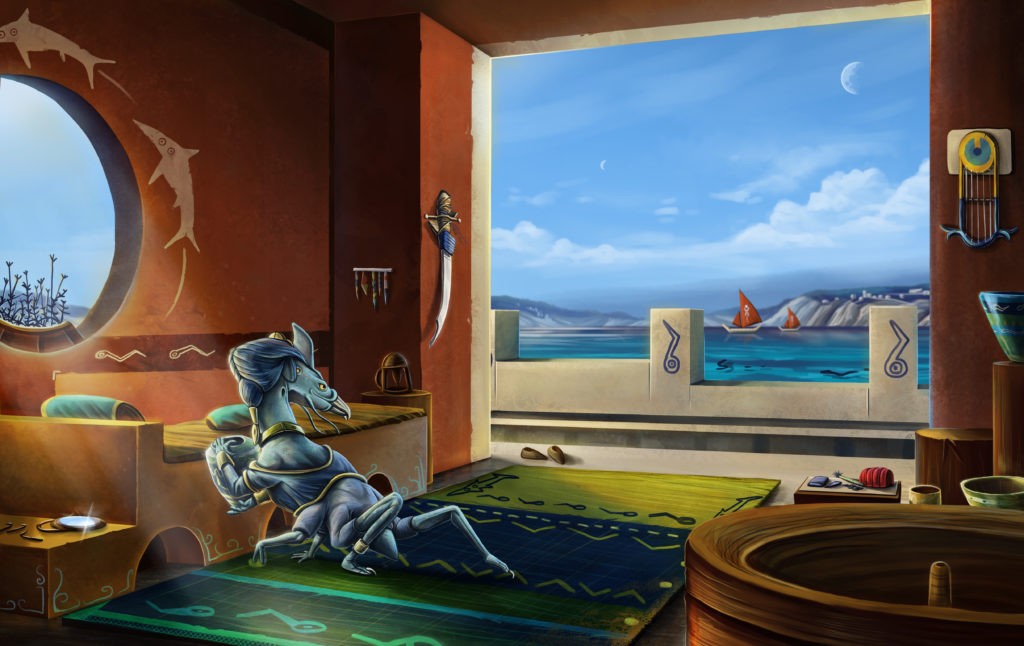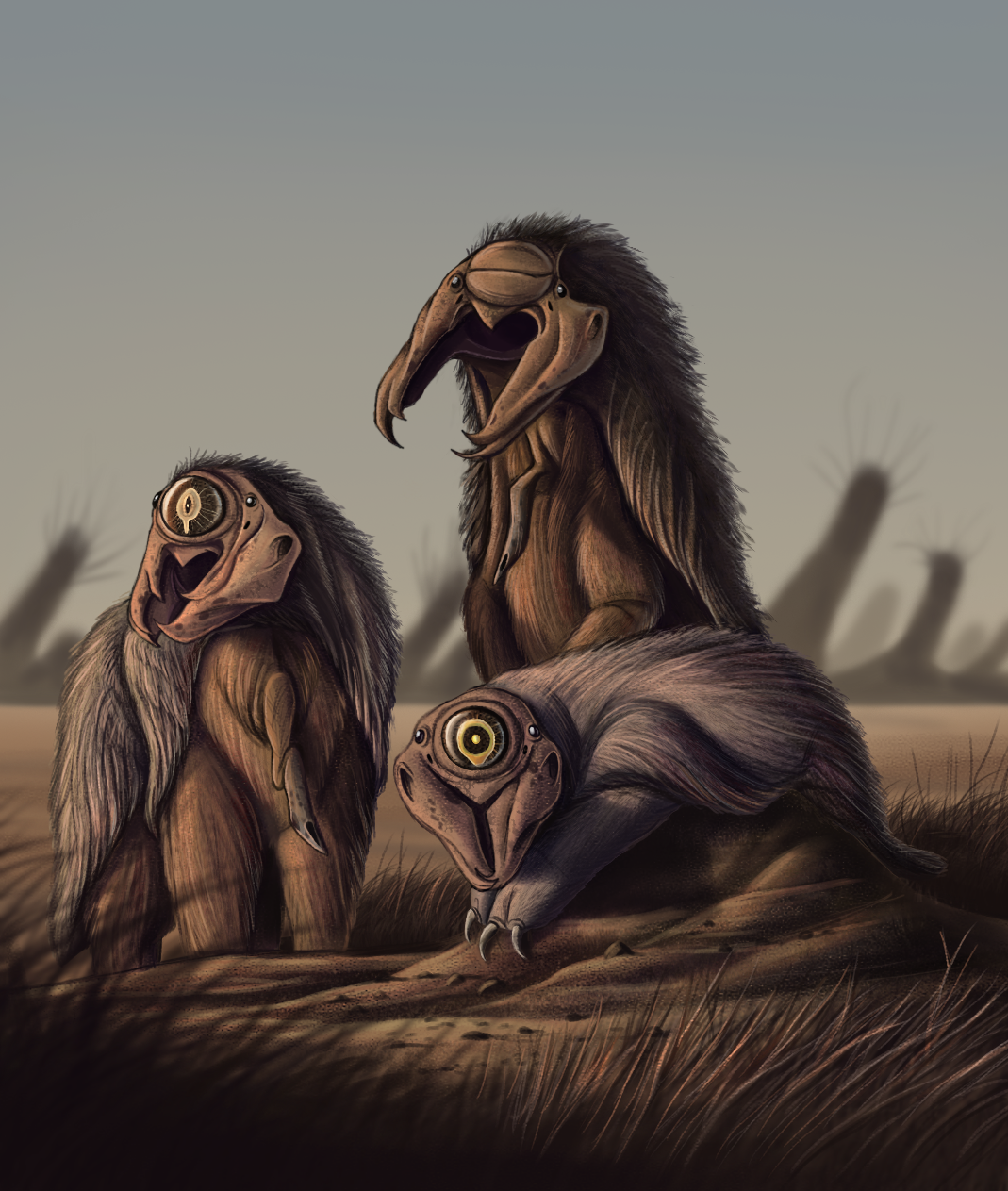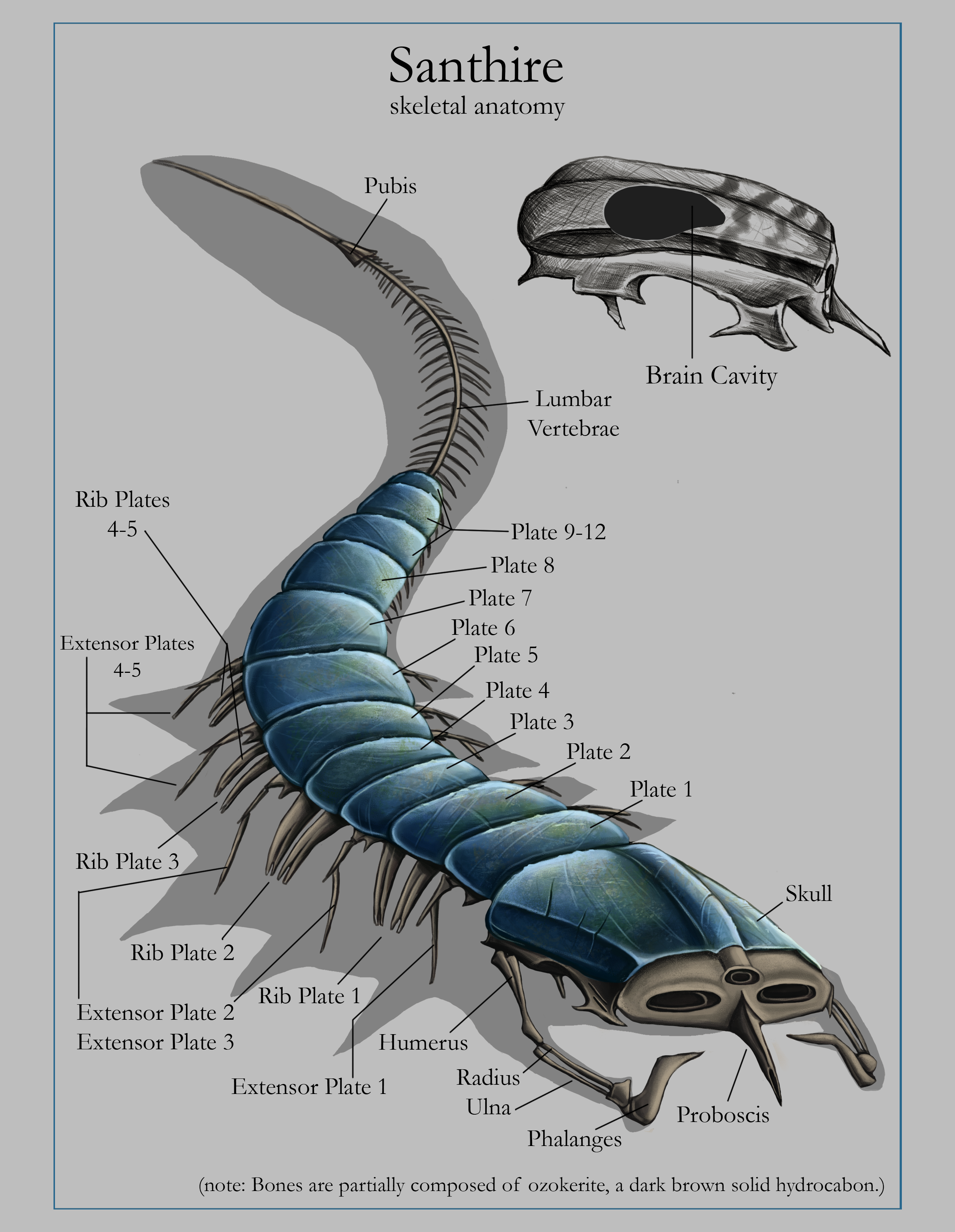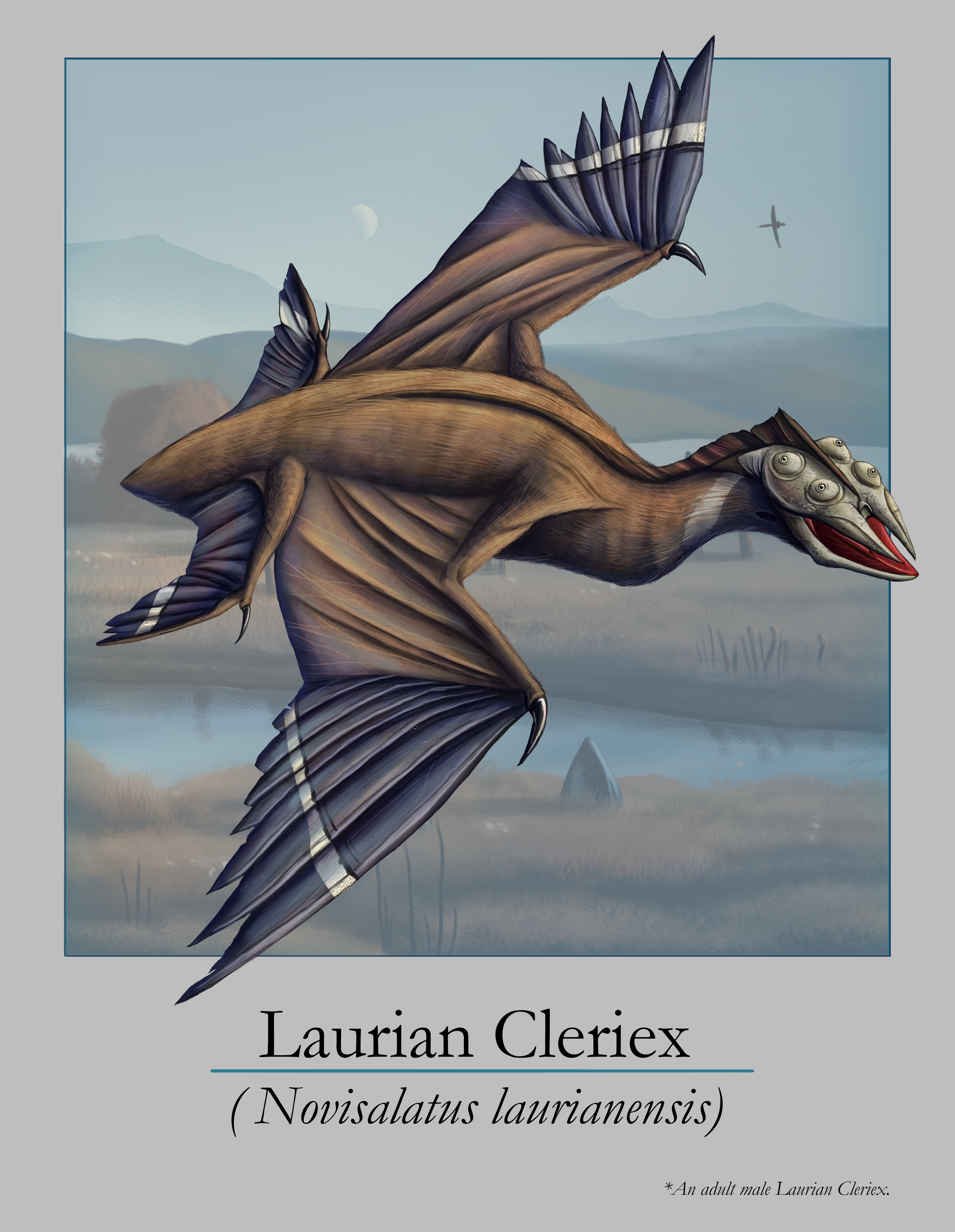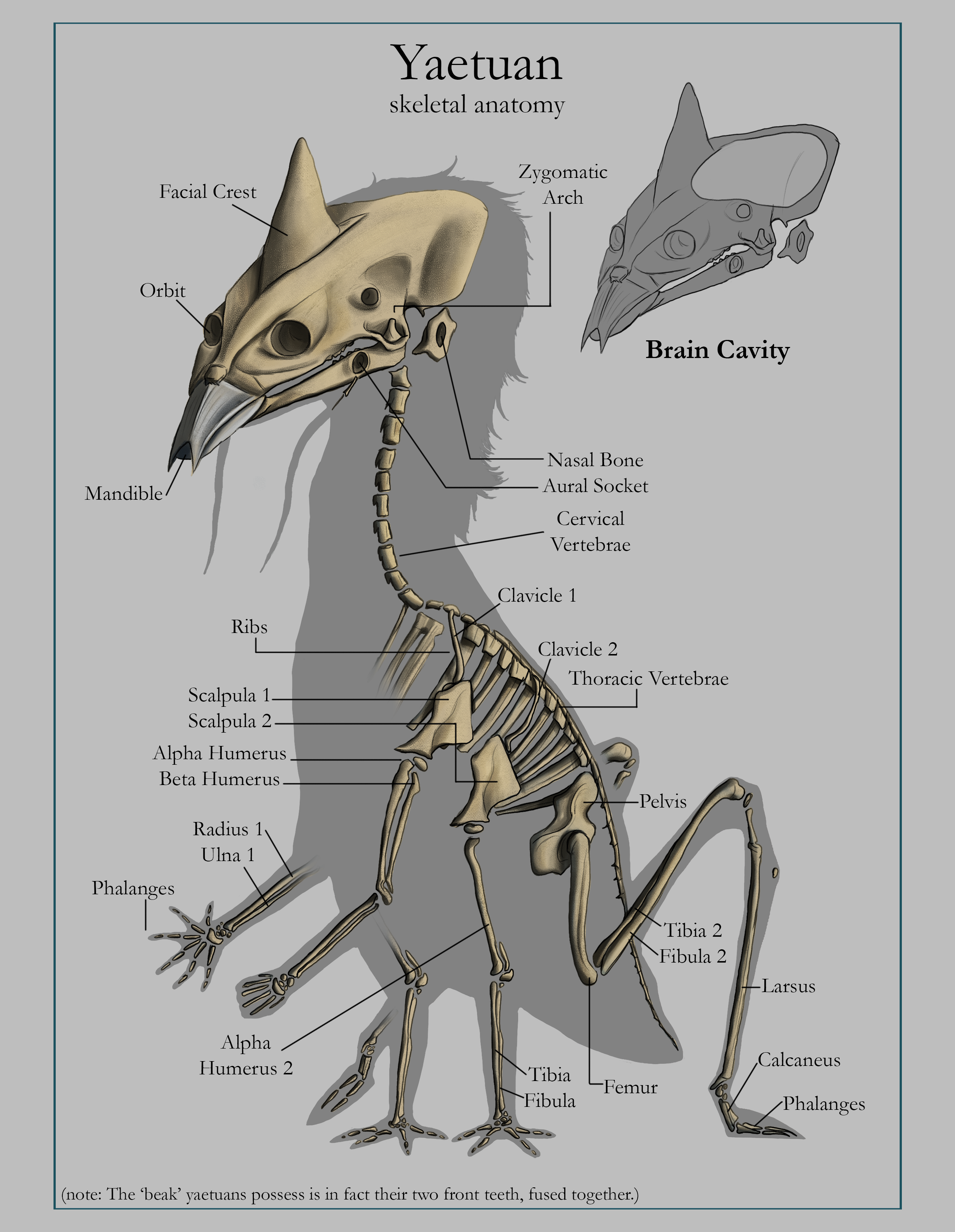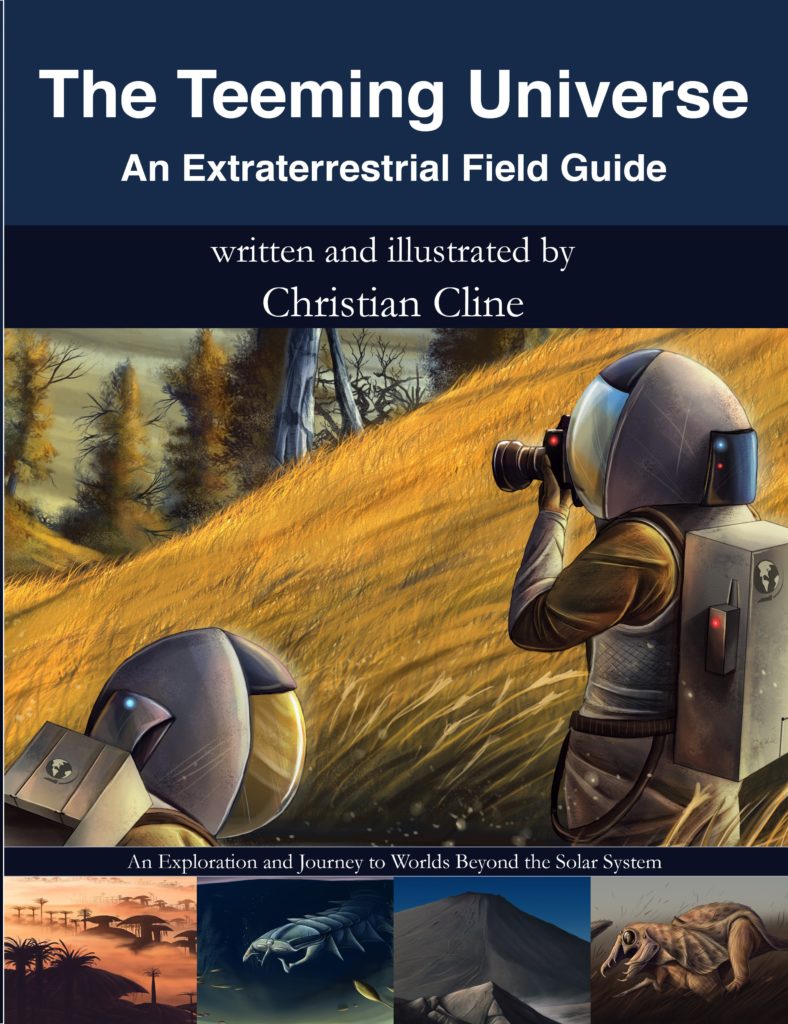
Christian Cline is a fourth-year BFA Illustration major working as a science fiction author and illustrator. He designs scientifically plausible alien life forms and worlds, mainly focusing on aspects such as creature anatomy, environmental worldbuilding and evolution based on environmental pressures. In September 2021, he self-published his first book “The Teeming Universe” using Amazon’s print-on-demand service called Kindle Direct Publishing. We at The Connector had the opportunity to sit down with Cline to ask him about how he was able to write, illustrate, format and promote his book by himself while juggling a full-time education at SCAD.
What made you decide to publish a book and why, specifically, speculative biology? What is your background in the subject and inspiration that made you passionate enough to create it?
My whole journey of beginning a self-published book was something I had wanted to embark on since my childhood but actually beginning it was somewhat of a fluke. One day I was randomly looking on YouTube and found a playlist of videos on the process of self-publishing which is an industry in publishing (that) has really become more accessible in the last 10 years. I quickly gained interest in this and from there decided to slowly work toward building a real book. As for speculative biology, it has been something I’ve been interested in for more than 10 years and I love science and how it influences the aesthetics of animals and plants in the real world. I would say my biggest experience in the field would be my acquired knowledge through years of study in fields like microbiology, paleontology, muscular and skeletal anatomy, earth science and more.
Roughly how long did it take you from start to finish? How were you able to manage it alongside being a full-time student at SCAD?
I began “The Teeming Universe’s” production around July 2019 and, after roughly two years, finished it in early September last year. For the big endeavor it was, the book being more than 300 pages, it took a really long time, needless to say. That being said, the pandemic came as a blessing in disguise in this aspect because all the time I spent home gave me more time to work on this side project whilst at school. In that time, skills like time management and just giving myself the space to work and do my college work around this project, really helped me focus on meeting my goal. I say this in conversation about its production a lot but if it weren’t for the pandemic happening at that time, I likely would not have finished my book when I had.
Your book includes a lot of scientifically based illustrations of things like organisms and the skeletal anatomy of some of the creatures that you have created. What’s the kind of research that you did to make sure that it would be believable and perhaps even scientifically accurate?
As you noted, a big component of the book deals in real-world science such as evolution, astronomy, geology, etc, (which) have a very big role to play in the designs of the creatures within these worlds. For the research aspect, I took inspiration from a lot of other speculative biology works around the community, including those of people such as Alex Ries, C.M. Kosemen, Wayne Barlowe and others. Along with that I, on my own, did a lot of research into articles and online tools that could give me information on the science I reference and explain. A big part of what I do as a creature designer has to do with research, the big part that many don’t see, but it has the most impact one could argue.
Candidly, what’s your favorite creature that you have designed in this universe and why?
I would have to say that the “yaetuan” species, the last one in the book in the 10th chapter, has grown to be my personal favorite. They are a special finale of sorts because in it they are the only intelligent living species in the book and they have their own culture and history. One reason I like them the most is because they (whom I am exploring work as I begin my second publication) are more than just cool creatures. They are characters, individuals and societies that I am beginning to worldbuild in greater detail and they are, for me, the perfect conduit in being able to tell a story.
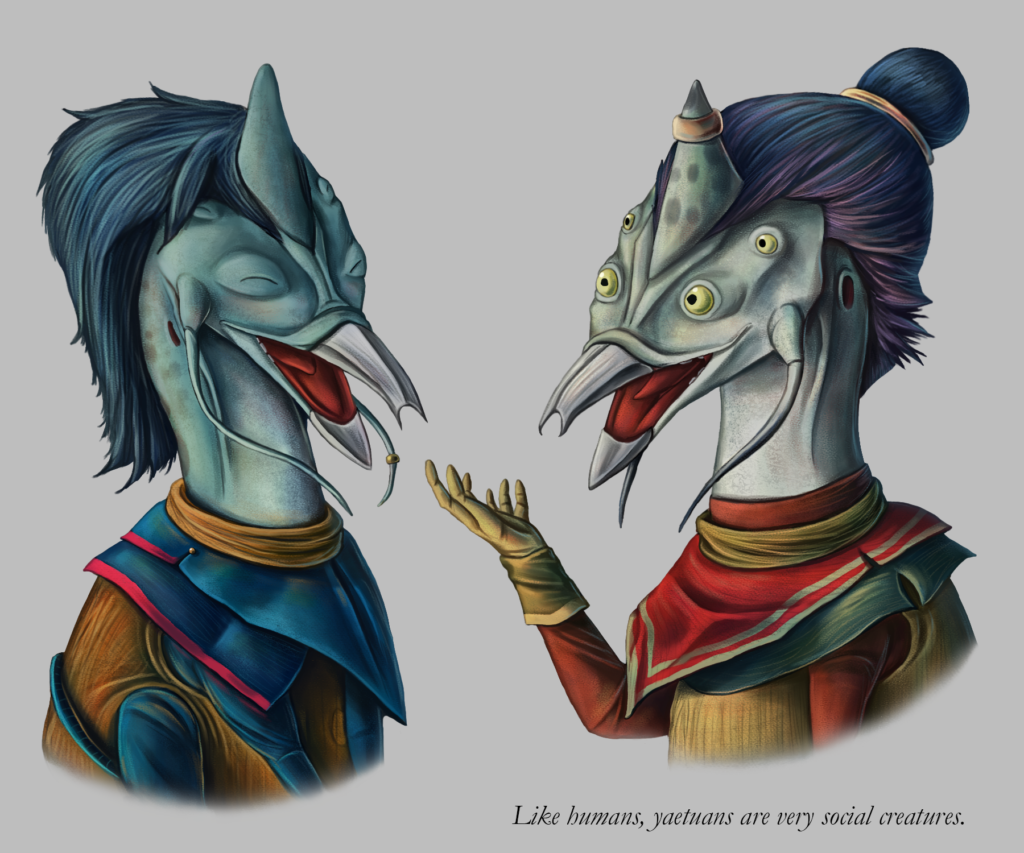
It takes a lot of courage to put yourself out there but you took the leap and it clearly paid off. What can you say to encourage others who are still hesitant to make the jump?
For people who may be hesitant to take the jump to promote and broadcast themselves, the biggest thing I can say is that you should be your biggest advocate. At SCAD, people do so much hard work, not only in classes but also on stories, characters and entire worlds that they come up with and flesh out themselves. For that to be kept hidden due to fear is kind of counterproductive, because we are here to connect and one day become something greater. For me, it isn’t about where you begin so much as it is about your mindset as you progress in your journey as an artist. For people who may be tepid I would say that you should never be afraid to show who you are and that the work you do is worth celebrating.
Finally, do you have any upcoming projects that we can look forward to? And where can we get updated with you and your work?
Absolutely! I announced it last month but I am actually working on a sequel of sorts to “The Teeming Universe,” called “The Yaetuan Sagas.” As I mentioned in passing earlier, this book will be all about the history and cultures of the last species in my first book, where I will hopefully go into much greater depth and detail. You (can) keep up with what I do mainly on my Instagram, which is @christian_cline. You can also buy my book, “The Teeming Universe,” on Amazon!
